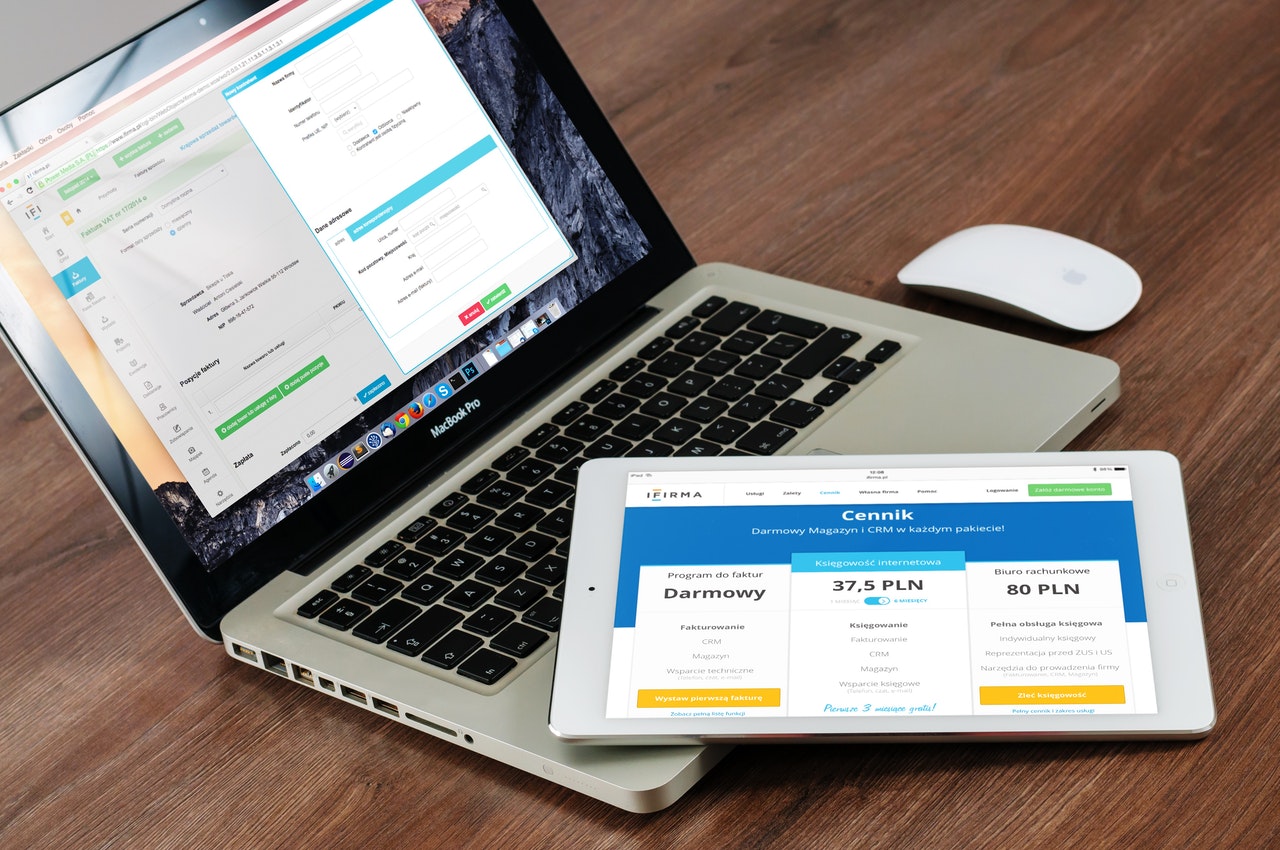
What Are the Two Main Problems with Hard Water in Plumbing Systems? | Australia’s Guide to Protecting Your Pipes
When you turn on the tap in many Australian homes, you might not think twice about the water quality—after all, it’s clean, clear, and drinkable. But lurking behind the curtain of those mineral-rich droplets lies a silent troublemaker: hard water.

Hard water isn’t hazardous to your health, but it can wreak havoc on your plumbing system, appliances, and even your wallet. If you’ve ever asked, “What are the two main problems with hard water in plumbing systems?” With Dean Owens of Plumber Warragul, we’ll dive deep into those issues and what homeowners across Australia, from Sydney to Adelaide, need to know.
What Is Hard Water?
Hard water is water that contains high concentrations of dissolved minerals—primarily calcium and magnesium. These minerals are naturally picked up as water travels through limestone, chalk, or gypsum-rich geology, which is common in many parts of Australia, including Victoria and New South Wales.
In fact, areas like Canberra, Brisbane, and parts of South Australia are well-known for hard water conditions, and their residents often notice the effects through limescale buildup and soap inefficiency.
The Two Main Problems With Hard Water in Plumbing Systems
Let’s unpack the primary concerns:
1. Limescale Buildup Inside Pipes and Appliances
The biggest issue with hard water is limescale accumulation. As the calcium and magnesium in the water heat up—especially in hot water systems, like electric or gas heaters—they precipitate and form a hard, chalky deposit known as limescale.
Why It’s a Problem:
- Narrowing of Pipes: Over time, this buildup restricts water flow, increasing water pressure and straining your plumbing infrastructure.
- Damage to Water Heaters and Boilers: Limescale settles at the bottom of tanks, reducing heating efficiency and raising energy bills.
- Appliance Lifespan: Washing machines, dishwashers, and kettles often suffer premature failure due to mineral crusting on internal components.
In Australian homes, particularly in hard water zones like Western Australia, where water hardness levels can reach 200–300 mg/L (milligrams per litre), these effects are magnified.
2. Corrosion and Reduced Efficiency of Plumbing Systems
The second major problem is more subtle but just as destructive: corrosion and systemic inefficiency.
While hard water doesn’t corrode metal in the traditional sense like acidic water does, it can lead to galvanic corrosion in mixed-metal plumbing systems (like copper and steel junctions), especially when deposits trap moisture unevenly.
Efficiency Fallout:
- Clogged Faucets and Showerheads: Minerals clog aerators, reducing water pressure and causing sputtering taps.
- Reduced Flow Rates: Over time, internal buildup restricts pipe diameter, slowing everything down—from toilet flushes to kitchen sinks.
- Increased Maintenance Costs: Plumbing systems in hard water areas require more frequent repairs, flushing, and replacements.
Real-World Impact in Australian Homes
Let’s look at the real-world consequences of hard water in local contexts:
- In Melbourne, homeowners often install water softening systems in older Victorian-era homes to preserve antique copper piping.
- In Perth, where groundwater is heavily mineralized, limescale deposits are a frequent cause of hot water system failure.
- Households in regional Queensland report high detergent use due to poor soap lathering, which is a direct consequence of hard water.
How Can You Tell If You Have Hard Water?
Some common signs include:
- White crusty residue on taps and showerheads
- Poor soap and shampoo lather
- Spots on glassware after washing
- Skin and hair feeling dry or filmy after bathing
- Shorter lifespan of household appliances
To confirm, you can get a hard water test kit from your local hardware store (like Bunnings) or have your water tested by your local council’s environmental services.
Long-Term Solutions for Australian Homes
If you’re facing these issues, you’re not alone—and there are ways to tackle them effectively.
1. Install a Water Softener System
These systems remove calcium and magnesium ions and replace them with sodium or potassium ions. Popular options in Australia include salt-based ion exchange softeners, magnetic descalers, and reverse osmosis systems.
- Ideal for cities like Geelong, Hobart, or Toowoomba, where water mineral levels vary greatly by source.
2. Descale Regularly
Appliances like kettles and dishwashers can be descaled with citric acid, white vinegar, or commercial descaling products. Regular maintenance reduces the risk of long-term damage.
3. Upgrade Plumbing Materials
In older Australian homes, replacing metal piping with PEX or PVC (which are less susceptible to mineral buildup) can prolong system life.
4. Use Hard Water Detergents
Products designed for hard water can help in minimizing scale and ensuring better cleaning performance—especially useful for laundries and commercial kitchens in urban areas.
For professional needs, go to Dean Owens of Plumber Warragul.
The Environmental Consideration
Water softening isn’t just a household decision—it affects the wider ecosystem. Some systems discharge sodium-rich wastewater, which can impact local soil and vegetation. That’s why it’s crucial for Australians to choose eco-conscious softening methods, especially in drought-sensitive regions like NSW’s Northern Rivers.
Final Thoughts: Don’t Let Hard Water Drain Your Wallet
In answering the question, “What are the two main problems with hard water in plumbing systems?”—the culprits are clear: limescale buildup and plumbing inefficiency. Together, they reduce the lifespan of your infrastructure, increase utility bills, and cause endless frustration.
For Australians living in high-hardness areas, prevention is more cost-effective than cure. With the right systems in place—from softeners to maintenance routines—you can safeguard your home and extend the lifespan of everything from your shower to your washing machine.
After all, water should flow freely—not fight back.




